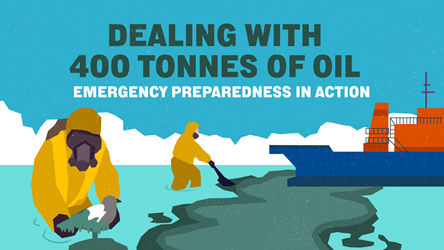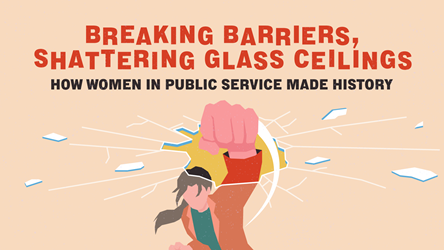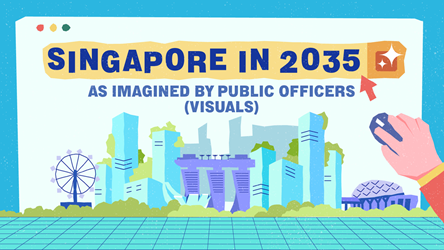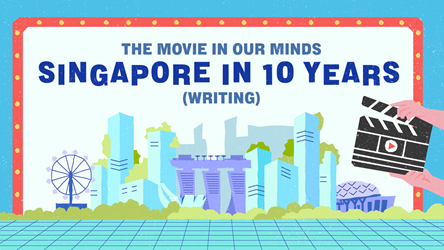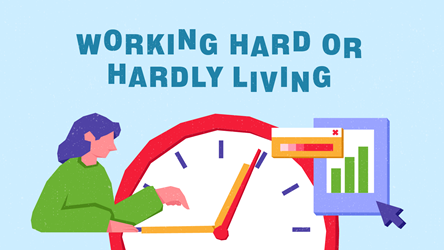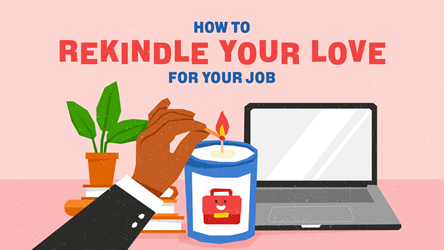“Oishii nei!” Sludge Burger, Anyone?

Minimising waste has become a pressing issue for municipalities globally, as they are faced with rapid urbanisation and a severe lack of space for building waste disposal facilities. Tokyo Sewage (the equivalent of Singapore’s PUB) recently asked a Japanese scientist to find a solution to its rising amount of sewage mud.
The result? The world’s first kind of ‘meat’ made from protein extracted from sewage sludge that was described to be as tasty as chicken. This is interesting from a scientific viewpoint, but I’m not sure if Japanese gourmands would still say “oishii nei” (Japanese for “tasty”) to it. Even if it seems like a sustainable solution to the global food crisis (by recycling and eating our waste), it does sound yucky, doesn’t it?
Instead of going down that route, here in Singapore, we’re trying to find other innovative solutions. I’ve been a ‘garbage man’ working on waste management research for 20 years. At the Residues and Resource Reclamation Centre (R3C) of Nanyang Technological University, we are developing environmental technologies to convert waste into useful materials and energy.

In most cities, human waste are flushed down into centralised waste-water treatment plants that use copious amounts of water and energy to process waste into sludge cakes that are then buried or incinerated.
At R3C, we’re developing a new generation of toilets that will require less water to flush waste away and also separate yellow water (liquids) from brown water (solids). If installed in new housing blocks, the brown water collected can be mixed with food waste (collected via dedicated disposal chutes), and converted on-site into biogas and then to electricity. Each cluster of housing blocks would be transformed into renewable resource recovery centres, ensuring that waste is fully harnessed.
Apart from cracking our heads over waste management, it seems natural to look upstream and examine why we are generating so much waste daily. Of course, there is nothing we can do about human waste, but each day, we throw away tonnes of food and other materials that could have been recycled, reused or were unnecessary purchases in the first place.
“All-you-can-eat” buffets, for example, are culprits of unnecessary waste generation. Some years ago, I saw a teenager pile on a big plate of food at a buffet line. She had a change of heart even before tasting the food. Even the waitress found this unacceptable and refused to take away the plate of “food waste”. This happens every day in different parts of the world but it can be stopped or minimised with proper education or discipline.
Consumers have also been brainwashed to keep up with the latest technology fads; to “buy and throw away”. But where would these used products, for example the iPhone 4, go when newer models are available? According to a US study, millions of used personal computers now lie buried in landfills and will never be degraded. Is this sustainable? Definitely not. The Semakau landfill for example, will be filled up by 2045, going by the current rate of disposal.
Recently I visited a landfill in Taiwan and was shocked to see how most of the waste remained in good shape even after 30 years. The Taiwanese now want to “mine” their landfills to see what can be recycled and what can be incinerated – something Singapore can consider for the Lorong Halus landfill which has been inactive for 12 years.
To have a sustainable future, we have to seriously reflect on our choices. Shall we consume less, throw away less, and hence minimise waste? Remember that what we want is usually much more than what we really need.
Dr Wang Jing-Yuan is Director of the Residues and Resource Reclamation Centre at Nanyang Technological University. He has over 20 years’ experience in environmental consulting, research and teaching in the US, Taiwan and Singapore.
- POSTED ON
Nov 8, 2011
-
Out of Office
How To Rekindle Your Love for Your Job




